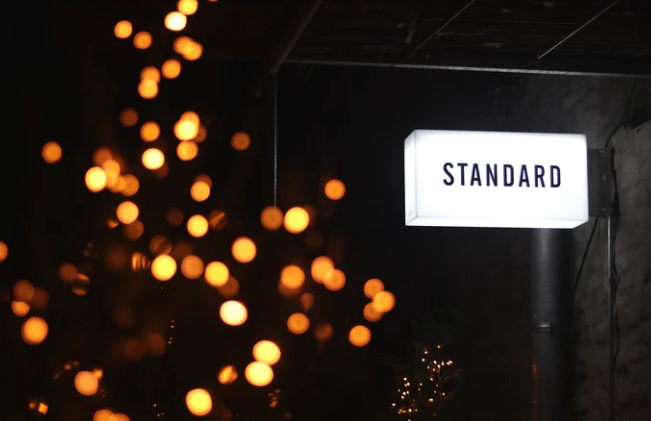Properties of No.4 stainless steel sheet
From an objective point of view,it’s properites depend on its chemical composition.
Corrosion resistance
When the chromium content in stainless steel is less than 12%, it has corrosion resistance.
And No. 4 stainless steel sheet is not as prone to corrosion or rust as ordinary steel. However, it is not absolutely rust-free.
When the No. 4 stainless steel sheet is worn, the surface scratches or grooves caused by the wear will expose the sulfide inclusions.
Moreover, it can be a corrosion catalyst.
Moreover, the corrosion resistance of the No. 4 stainless steel sheet depends on the type of stainless steel.
Generally, in aggressive environments, people use 316 grade 4 stainless steel sheets.
At this time, one can ignore the corrosion resistance.
However, in mild applications, the corrosion resistance of No. 4 stainless steel is very good.
However, under more severe conditions.
For example, in marine and industrial environments, people can take measures to improve corrosion resistance:
- The corrosion resistance of a smooth surface can be better than the corrosion resistance of a rough surface with a higher degree of alloy.
Moreover, when the vertical lines on the surface of No. 4 stainless steel have better corrosion resistance than the horizontal lines.
Therefore, the finish direction of No. 4 stainless steel is also very important.
2.Passivation treatment can dissolve the sulfide on the surface of the No. 4 stainless steel sheet.
Moreover, this will not change its appearance.
Therefore, people can pickle the surface of No. 4 stainless steel in a mixture of hydrofluoric acid and nitric acid.
Or, people passivate the surface of No. 4 stainless steel in a nitric acid solution.
And these can improve the corrosion resistance of the No.4 stainless steel surface.
However, the pickling treatment is aggressive, it will darken the surface of No. 4 stainless steel.
3.Also, people electropolishing the surface can improve the corrosion resistance and brighten the surface.
Moreover, this can remove the sulfide on the surface of the stainless steel sheet.
In general, the corrosion resistance of the No. 4 stainless steel sheet is usually lower than that of the same grade BA or 2B surface.












